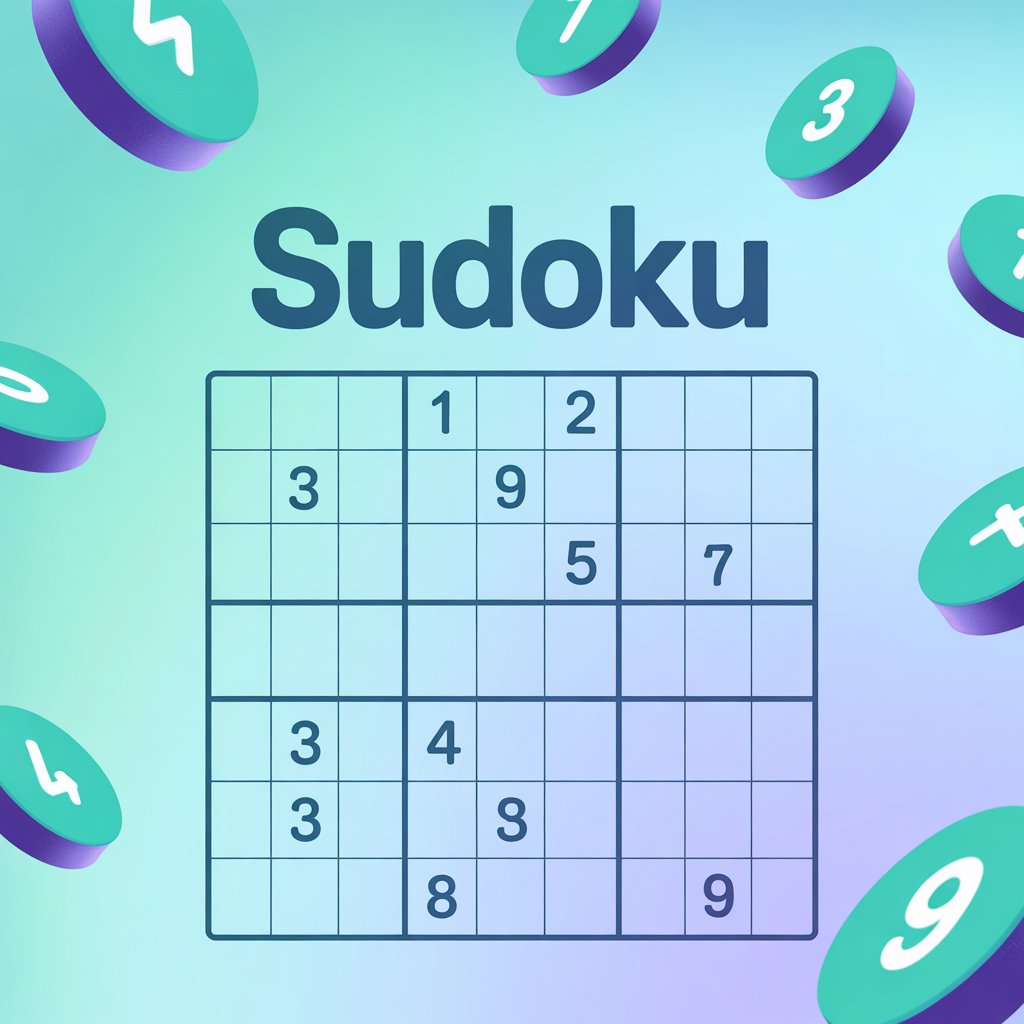
How to Solve Sudoku: A Clear, No-Nonsense Guide
Sudoku looks intimidating at first — 81 empty boxes and a few scattered numbers. But once you learn the logic behind it, solving one becomes a satisfying mental workout. This post breaks down how to solve Sudoku step by step, from basics to more advanced techniques.
What Is Sudoku?
Sudoku is a logic puzzle. The goal is to fill a 9x9 grid so that:
- Each row has the numbers 1 through 9
- Each column has the numbers 1 through 9
- Each 3x3 box (there are nine of them) has the numbers 1 through 9
No math, no guessing. Just logic.
Step 1: Understand the Grid
A standard Sudoku grid has:
- 9 rows (horizontal)
- 9 columns (vertical)
- 9 boxes (3x3 sections)
Each number from 1 to 9 must appear exactly once in each row, column, and box.
Step 2: Start with the Obvious – The "Naked Single"
Look for cells that can only be one number.
Example: If a cell is the only one in its row, column, or box that can be a 7, it must be a 7.
How to spot it:
- Scan each empty cell.
- List all numbers 1–9 that are missing from the row, column, and box.
- If only one number fits, place it.
Step 3: Use the "Hidden Single"
This one's a little trickier. A number might only fit in one place in a row, column, or box—even if that cell could also hold other numbers.
Example: In a 3x3 box, maybe the number 4 can only go in one cell—even if that cell could also be a 1 or 9. That makes it a hidden single.
Look at each number from 1–9 and check:
- Is there only one place it can go in a given row, column, or box? If yes, that’s your move.
Step 4: Pencil In Possibilities
When you can’t find a definite answer, write down all possible candidates in each empty cell.
Tips:
- Keep the pencil marks small and in the corners.
- As you place more numbers, update the candidates.
- Eventually, cells will narrow to just one option.
Step 5: Use More Advanced Techniques
When the puzzle gets tougher, use these strategies:
1. Naked Pairs (or Triples)
If two cells in a row, column, or box contain the same two candidates, those numbers must go in those two cells—and no others.
So you can eliminate those candidates from the rest of the row, column, or box.
2. Pointing Pairs
If a number appears in only one row (or column) within a box, it can’t be anywhere else in that row (or column) outside that box.
3. Box-Line Reduction
If all possible placements of a number in a box line up in a single row or column, that number can be eliminated from that row or column outside the box.
Step 6: Keep Eliminating, Keep Placing
Solving Sudoku is a loop:
- Place what you can using logic.
- Pencil in possibilities.
- Spot patterns and eliminate candidates.
- Repeat.
Avoid guessing—it usually leads to mistakes. If you get stuck, backtrack and re-check your pencil marks.
Final Tips
- Start with easy puzzles to build skill.
- Work systematically: row by row, box by box.
- Stay organized with pencil marks.
- Don’t rush—accuracy beats speed.
Summary
Sudoku isn’t about luck or math. It’s logic, patience, and pattern recognition. Start with basic techniques like naked and hidden singles. Build up to patterns like naked pairs and pointing pairs. Keep your work clean, eliminate carefully, and the solution will come.
Happy solving at sudokus.

 German
German
 Japanese
Japanese
 Arabic
Arabic
 Spanish
Spanish
 French
French
 Russian
Russian
